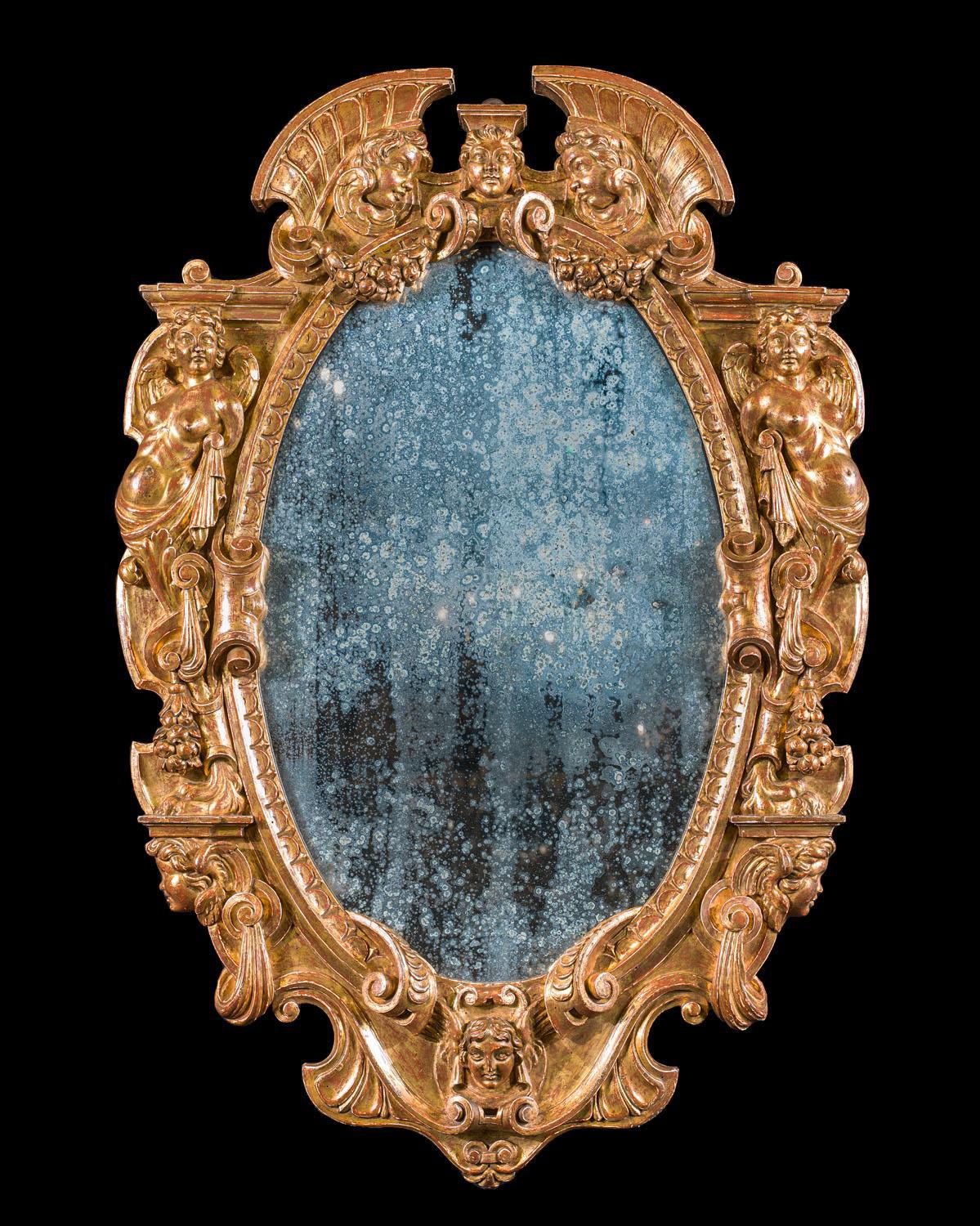They were symbols of prestige and wealth
Trying to work out your antique mirror’s value? In this article, we’ll reveal the different criteria behind antique mirror value considerations.
An antique mirror has the ability to transform a room. Whether it’s an antique wall mirror or an antique fireplace overmantel mirror - there’s something alluring about them, with their finely carved frames and beautiful glass.
They were symbols of prestige and wealth - only the richest could afford large mirrors before modern times.
How do you identify an antique mirror’s value? A good place to start is by matching the mirror to its era.

× 
A quick history of antique mirrors
Mirrors as we know them date back as far as 8,000 years ago, when they were made of naturally occurring volcanic glass.
Improvements in glassmaking technology during the Middle Ages led to a wide variety of styles taking shape throughout the next few hundred years.
These are some of the characteristics of different antique mirrors by era:
- Gothic: Gothic mirrors often had an oak frame, intricate carvings and an arch shape
- Baroque: Frames typically had gold or silver gilding
- Rococo: The frames were often made of walnut or mahogany wood, gilded, ornate and very heavy
- Neoclassical: Frames still had gilding, but tended to have simpler designs
- Georgian: The frames had a wider range of colours and styles - swing mirrors were common, for example
- Regency: Gold gilding was very popular - many had architectural columned frames, carved eagles on the top, or leaf motifs
- Victorian: Often overmantel mirrors, the very ornate and well-decorated frames were sometimes made of metal, but also darker wood such as rosewood
Attributing a mirror to its specific period of time will make it easier to value. So make sure you read more about the history of mirrors.
The impact of rarity on antique mirror value
Older mirrors are often more likely to show signs of wear and tear
As you would expect, the older they are, the more antique mirrors cost and the more valuable they tend to be
However, older mirrors are often more likely to show signs of wear and tear - there are advantages and disadvantages to this, which we’ll discuss later on.
Yet the older the mirror, the rarer it’s likely to be and therefore, it should be more appealing to collectors.
As a result, older antique mirrors tend to have higher values than vintage mirrors. Find out, what’s the different between antique and vintage?

× 
The back of the mirror
Check to see if the back of the mirror is made of wood. If it is, that’s a good sign - most antique mirrors had wooden backings.
In contrast, a mirror backing made of paper is not a good sign - there’s a high chance that it’s not an antique at all.
On the back of the mirror, if you’re lucky you may be able to see some markings that indicate when it was made.
There could be a date, trademark, or engraved label referencing the place of origin or maker.
Glass condition and antique mirror value
Imperfections are proof that the mirror is an antique
Contrary to what you might expect, colour blemishes in the glass should have a positive impact on the antique mirror’s value.
The mercury oxidises over time, creating cloudy spots or blotches near the edges or across the surface.
The glass should also have a slightly grey or yellow hue and may have some ‘bubbles’ on the surface.
These imperfections are proof that the mirror is an antique and therefore, more likely to be valuable. In contrast, perfect glass means that the mirror is probably modern.
Man-made damage to the glass, such as cracks, could decrease an antique mirror’s value though.

× 
Frame condition and antique mirror value
Finally, there should be some clues in the mirror frame that will reveal how old it is - the design may be reflective of its era.
Antique mirrors were handmade, so there could be signs of imperfections in the frame.
A perfect, mass-produced frame is a sign of a more modern, less valuable mirror.
Similar to the glass, the frame should show some signs of wear and tear too - but again, cracks may reduce the value.
Final thoughts: how to identify your antique mirror’s value
If you found this guide helpful, you may also like our articles on how to get your antiques valued, as well as how to sell your antiques.
Our last piece of advice when trying to work out your antique mirror’s value is to watch out for counterfeit pieces that are actually modern mirrors - we’ve written previously about how to spot fake antiques.
Looking to buy an antique mirror? Make sure you only go to reputable sellers of antiques - they should have good reviews and be members of trusted organisations, such as LAPADA or CINOA.
For any queries about how to work out your antique mirror’s value, or around anything in our collection, please contact us.